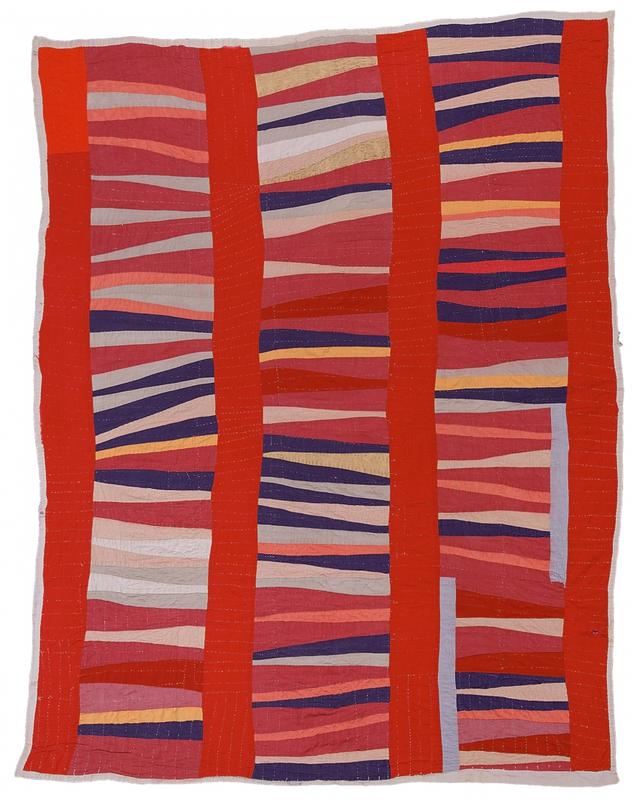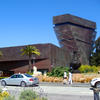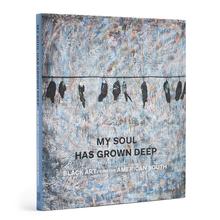More about Bars And String-Pieced Columns
- All
- Info
- Shop

Contributor
Jessie T. Pettway quilts her way to stardom with her Bars and String-Pieced Columns.
She probably disappointed every aspiring quilt maker with the effortless majesty of her color palette, an array of cheery reds and purples from which dreary ol’ Rembrandt could learn a lesson or two. If quilting doesn’t seem like that big a deal, think again. This art form can be traced back to 3400 BC Egypt— almost 5000 years before Michelangelo was sculpting impressive nudes— and quilting has roots all over the globe. You know a technique is special when even the knights latch on; in the Middle Ages, quilted clothing was used to cover armor and cushion knights’ bodies. Bed quilts can be traced back almost seven centuries to Sicily, and quilted floor mats from Mongolia are approximately two thousand years old. You’ll just have to take our word for it that Jessie T. Pettway’s bed quilt could probably blow all those early designs out of the water. (Art isn’t a contest, of course, but Pettway definitely came ready to win).
Pettway’s quilt was acquired by the Fine Arts Museums of San Francisco, part of the new permanent collection shown in Revelations: Art from the African American South. This means that the piece is now available as a magnet (admittedly less cuddly than the original version), but Pettway herself is likely unimpressed. After all, this same creation was made into a stamp in 2006. The collection was obtained through gifts and transactions between the museums and the Souls Grown Deep Foundation. The goal? To increase the museum’s diversity, represent a more complete image of American art history, and fight back against the marginalization of artists of color. A crucial goal, to be sure. But what of the spearheader of the project, collector William S. Arnett of the Souls Grown Deep Foundation?
Arnett himself, unfortunately, is a bit fishy; he is, after all, the same collector who allegedly swindled Annie Mae Young. He’s been called the most undiplomatic Southerner of all time, a cheat, and a “piece of work.” Others worry that this white collector unjustly profits off of black artists of little means. In an interview with the Washington Post, Arnett used the Holocaust to speak of his own struggles— probably not a good idea. All in all, he’s not the ideal dinner party guest.
The debate continues over the work’s collector, but one thing remains certain: Bars and String-Pieced Columns remains a masterpiece of a quilt with eye-catching patterns to please the most surly of visitors.
Sources
- “Bars and Stringpieced Columns, Jessie T. Pettway.” U.S. Stamp Gallery. Accessed June 6, 2017. http://usstampgallery.com/view.php?id=711b588abd03a7e210db390c9b84d5dd4….
- Edgers, Geoff. “Bill Arnett won’t shut up. His stunning African American art collection is why.” Washington Post. March 9, 2017. Accessed June 6, 2017. https://www.washingtonpost.com/graphics/lifestyle/bill-arnett-african-a….
- “Fine Arts Museums of San Francisco Make Historic Acquisition of 62 Works of African American Art from the Souls Grown Deep Foundation.” Fine Arts Museums of San Francisco. 2017. Accessed June 6, 2017. https://www.famsf.org/press-room/fine-arts-museums-sa
- “Jessie T. Pettway Bars & String-Pieced Columns 1950s Magnet.” De Young & Legion of Honor Museum Stores. Accessed June 6, 2017. https://shop.famsf.org/products/magnet-jessie-t-pettway-bars-string-pie….
- Johnson, Julie. “History of Quilting.” Emporia State University. Accessed June 6, 2017. https://www.emporia.edu/cgps/tales/quilte~1.html.














I really like the how the artist made use of the elements of color, line, and shape in this quilt. It is very interesting to look at and if you look very closely you can also see that there is texture within the lines of the quilt as well. I am very impressed at how she created this because I know this could not be easy with the abstract shapes. I also think it is cool to learn that in the Middle Ages that quilted clothing was used for knights' armor.